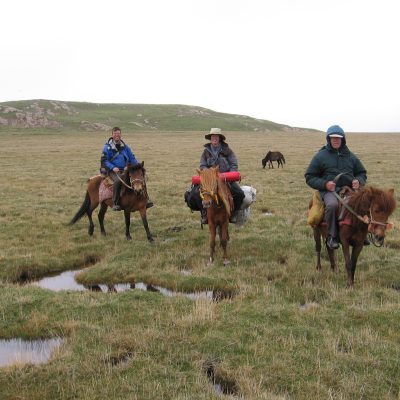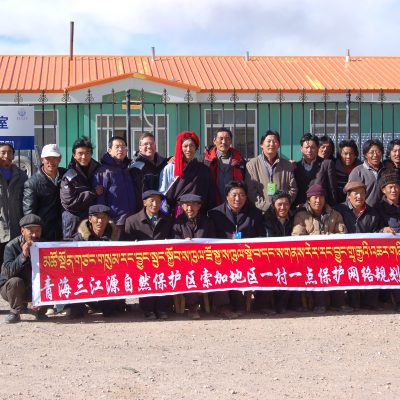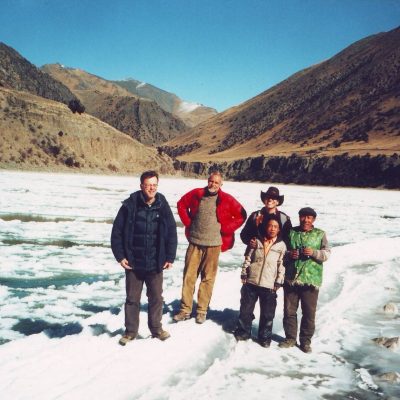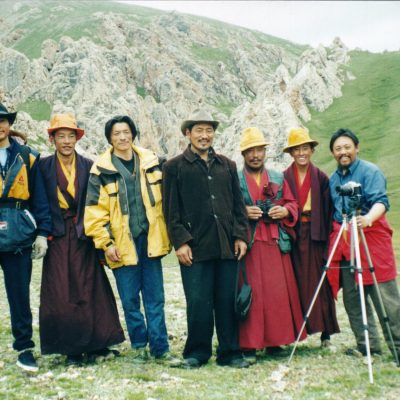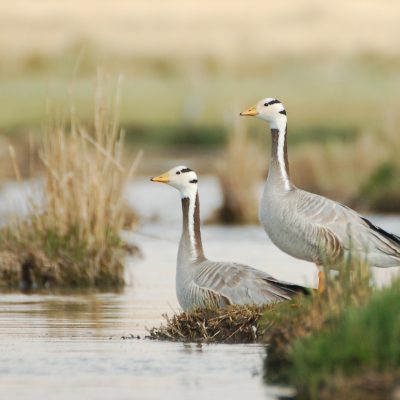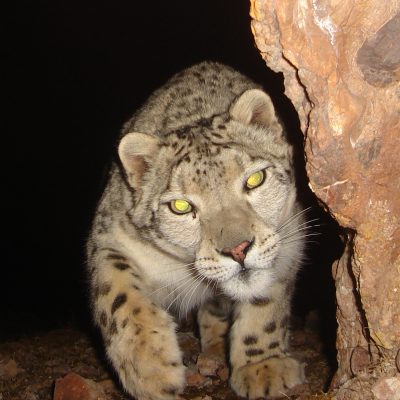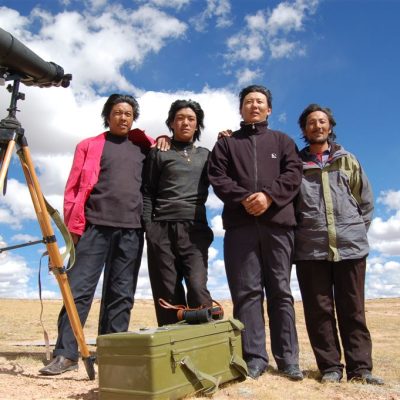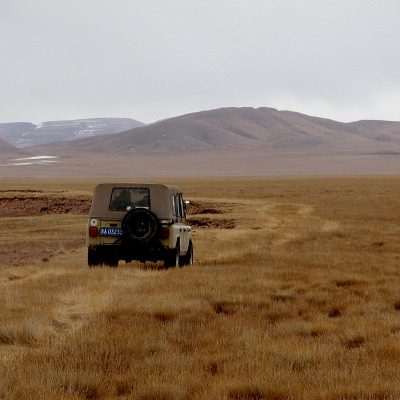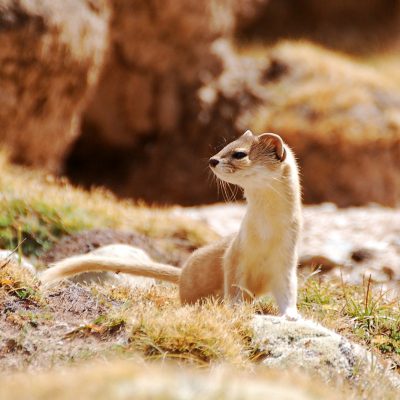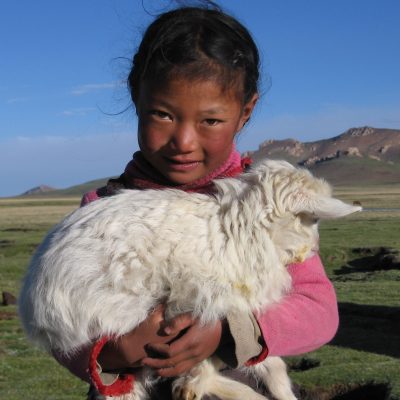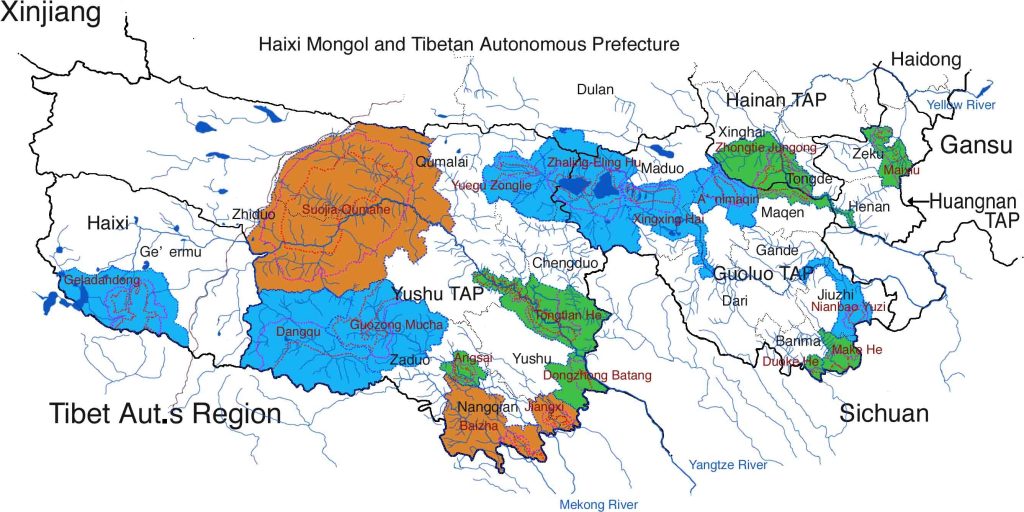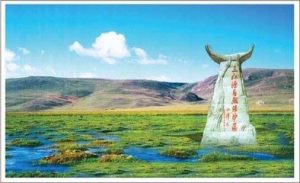Mountain Protected Areas
Protected areas, or PAs, are areas that receive protection because of their recognized natural, ecological and/or cultural values. As outlined by the UN Convention on Biological Diversity (CBD), PAs yield flows of economically valuable goods and services that benefit society, secure livelihoods, and contribute to the achievement of Sustainable Development Goals (SDGs).
Moreover, they are key to buffering the impacts of climate change and maintaining future options for development through water resource conservation and regulation, the preservation of biodiversity including genetic resources, and in many instances also the preservation of traditional knowledge and cultural diversity in mountain regions.
Sanjiangyuan National Nature Reserve
Plateau Perspectives has supported and collaborated with the Sanjiangyuan National Nature Reserve (SNNR) since it was established in 2000. From 2005, they have collaborated specifically on trialling and promoting “community co-management” as a new community-friendly and cost-effective approach to biodiversity conservation in the high grasslands and wetlands of the Tibetan Plateau.
“community co-management” as a new community-friendly and cost-effective approach to biodiversity conservation in the high grasslands and wetlands of the Tibetan Plateau.
Local Protected Areas (Community Conserved Areas) in the Yangtze River Headwaters
Plateau Perspectives was instrumental in establishing Local Protected Areas for Tibetan antelope, snow leopard, wild yak, Tibetan wild ass (kiang) and black-necked crane in the headwaters of the Yangtze River (in the Suojia district of Zhiduo County, Yushu Tibetan Autonomous Prefecture, Qinghai Province). It has been actively supporting Tibetan herding communities and the grassroots Upper Yangtze Organization since 1998.
Study tours to protected areas
Several studies have been conducted to a range of protected areas in China, Mongolia, Nepal and Canada. In 2010, Plateau Perspectives and Parks Canada co-hosted a study tour to a range of provincial and national parks in western Canada. Supported by the Government of Canada (through DFAIT) and other donors, this exchange visit allowed senior leadership, managers and field staff from SNNR to learn from Canada’s long experience of integrated development and conservation, wildlife research, the development of community tourism, and conservation awareness raising.

